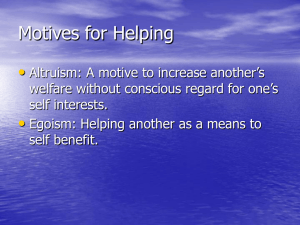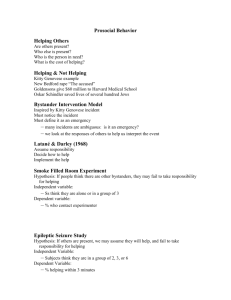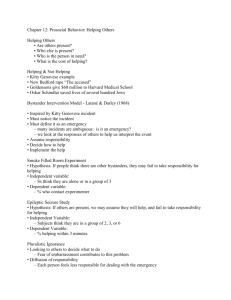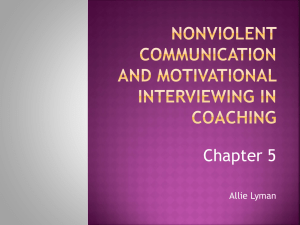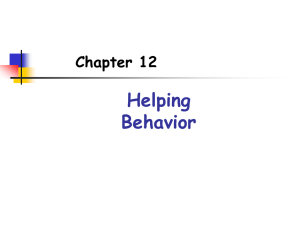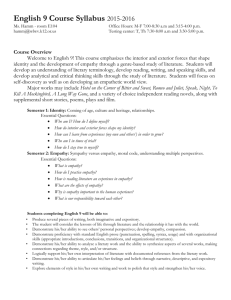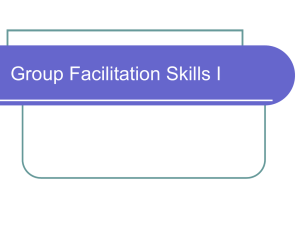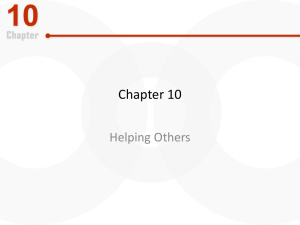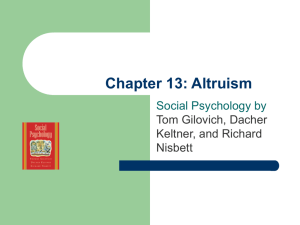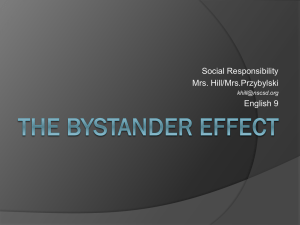The Egoism-Altruism Debate - The Psychology of Prosocial Behavior
advertisement
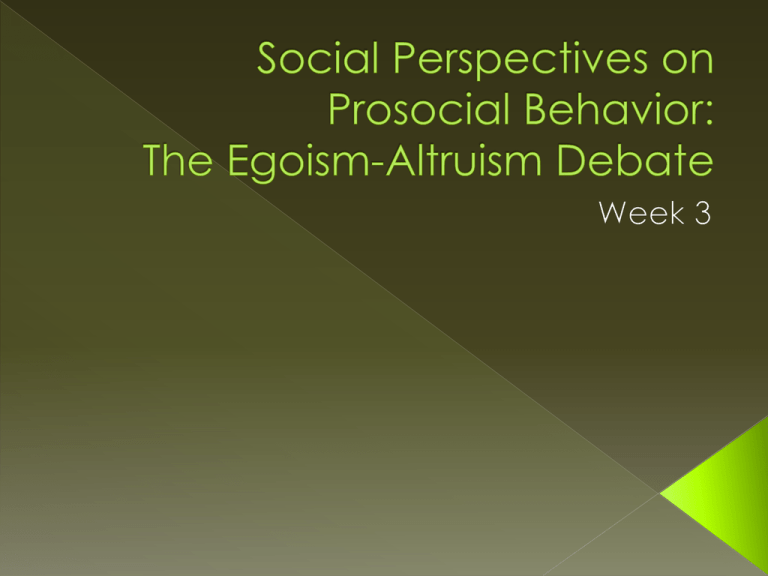
Daniel Batson Robert Cialdini Altruism: motivational state in which the ultimate goal is increasing a victims’ welfare Egoism: motivational state in which the ultimate goal is increasing one’s own welfare “Men do not value a good deed unless it brings a reward.” -Ovid, Epistulae ex Ponto Individual uses the need situation to gain rewards or avoid punishments › Empathy-specific rewards hypotheses › Empathy-specific punishments › Arousal cost-reward model Piliavin et al. (1975) “How selfish soever man may be supposed, there are evidently some principles in his nature, which interest him in the fortune of others, and render their happiness necessary to him, though he derives nothing from it except the pleasure of seeing it.” -Adam Smith The Theory of Moral Sentiments, 1759 When a bystander encounters another individual in need, the bystander may feel empathy. › Empathy is vicarious emotional responding with a focus on another person’s welfare Empathy leads to altruism Five Studies Testing Two New Egoistic Alternatives to the Empathy-Altruism Hypothesis People who feel empathy for are motivated by the relief of their own sadness. Helping is gratifying and people will be motivated to help when in a bad mood because they believe it will make them feel good. Empathy-Based Helping: Is it Selflessly or Selfishly Motivated? Inconsistent support › Expected mood enhancement did not decrease helping for individuals in a highempathy situation (Batson et al., 1989) › Empathy predicts helping even with the potentially mediating effects of sadness in the model (Dovidio et al., 1990) Sadness Personal distress Empathy Distress Egoistic ??? Other’s Distress Empathy Altruistic HELP Felt-oneness as an additional egoistic motivation(Cialdini et al., 1997) › If bystander takes victims perspective, or has an attachment to the victim, then the bystander experiences Oneness, A sense of shared, merged, or interconnected personal identities Sadness Personal distress Empathy Felt-Oneness Felt Oneness: Empathy-Altruism › Cialdini et al. (1997) › Batson et al. (1997) › Maner et al. (2002) › Batson et al. (2003) Maner et al. (2002)
